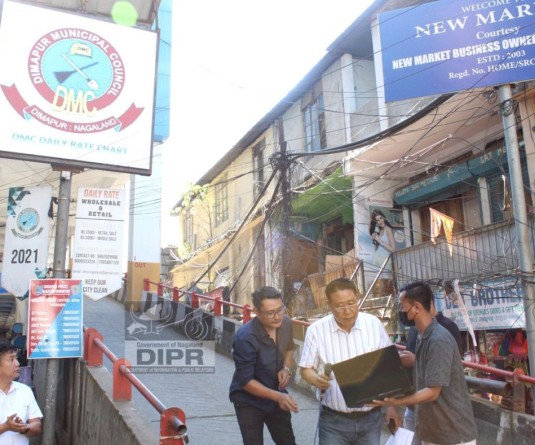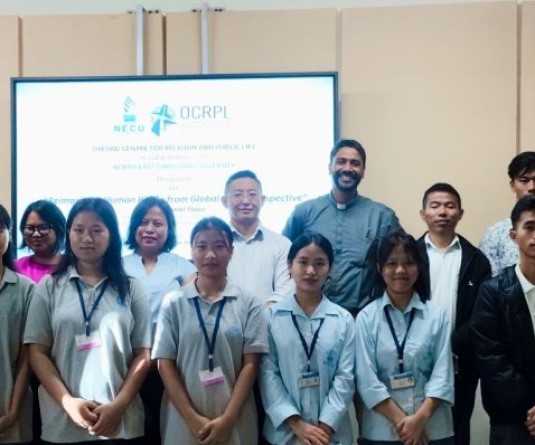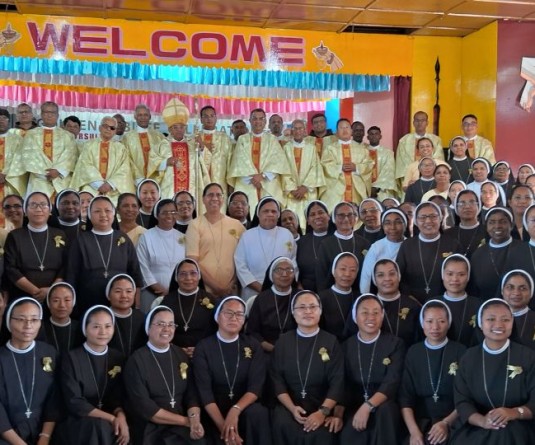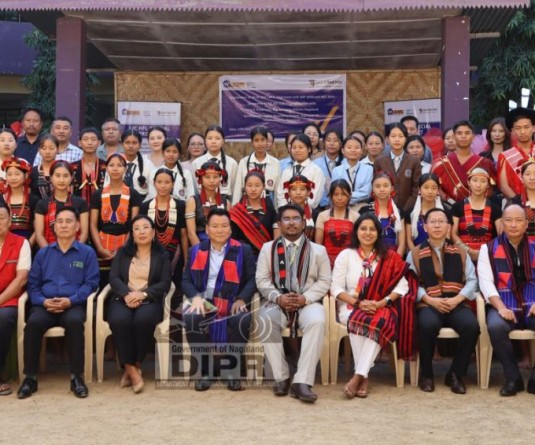The book “Naga Village Formation: Oral History and Archaeology” was released at Bodoland University during the 44th session of North East India History Association on November 17.
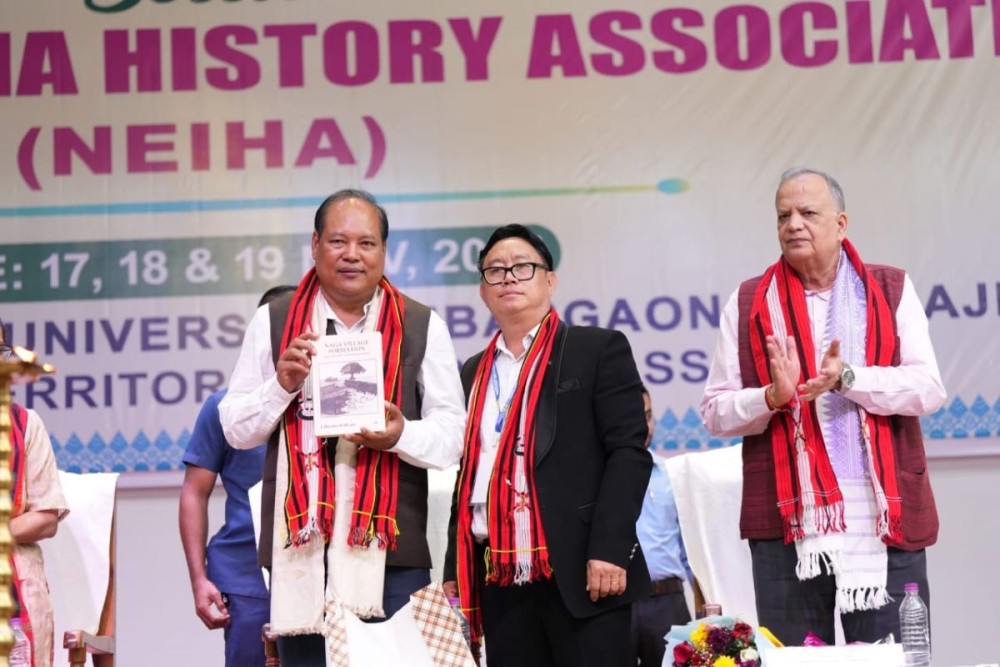
Book titled ‘Naga Village Formation: Oral History and Archaeology’ released
KOKRAJHAR, November 17 (MExN): The book “Naga Village Formation: Oral History and Archaeology” was released at Bodoland University during the 44th session of the North East India History Association (NEIHA) on November 17.
The book, authored by Dr Libemo Kithan, Associate Professor in the Department of History at Mount Tiyi College, Wokha, was released by Biswajit Daimary, the Speaker of the Assam Legislative Assembly, stated a press release.
The release ceremony was attended by Rabiram Narzary, Executive Member of the Bodoland Territorial Council, along with NEIHA officials, professors, and scholars from across the nation.
According to the release, the new book employs a multidisciplinary approach, blending oral history with archaeological methods, to verify the historical accounts of Naga migration and settlement.
The concept of place making, as well as theoretical assemblages, have been used to study the formation of Naga village. The book focused on the Lotha Nagas' migration routes and settlement patterns, as well as how various sociopolitical and economic factors influenced traditional village formations.
The book reported on archaeological excavations carried out at the study sites to support the oral history of village formation, which greatly aided in gathering information from various scientific lines of inquiry to provide a vivid picture of early sociopolitical and cultural history.
“The book reveals the radiocarbon date of the formation of Wokha village, which ranges from 900 to 1265 AD, with a median probability year of 1103 AD. This is the first antediluvian/primal discovery of the scientific date associated with village establishment in Nagaland,” it claimed.
The various village functionaries are responsible for the day-to-day administration of traditional villages has been explored. The power and role of the village chief and his subordinates were discussed in order to gain a better understanding of village administration. It has further decolonized the Lotha village administration.
The village is an important unit that connects each individual and family to the larger group, so it has investigated the cultural practices, economic activities, and religious life of traditional villages. The major findings have been incorporated into the book's final chapter, it stated.
A ‘valuable contribution’ to Naga history
In the ‘Book Forward’, by Prof Tiatoshi Jamir, Department of History & Archaeology, Nagaland University, who is also an Executive Member, World Archaeological Congress, highlighted that the work challenges conventional historical narratives. He stated that the book demonstrates how traditional stories of village formation and social complexity in Nagaland followed “lateral pathways of evolution rather than the conventional unilinear trajectories.”
The book, he noted, successfully integrates perspectives from oral tradition and archaeology to understand these past trajectories.
Prof Jamir praised Kithan's “enormous effort,” which he said offers a nuanced understanding of rural history and creates a “diachronic timeline on the Lotha village formation.” This timeline was developed by drawing inspiration from both oral histories and archaeological methods.
Significantly, the work involved identifying a few Lotha ancestral sites using oral tradition and test excavations, along with efforts to date some of the important locations. “Because of this, we now have a sense of culture-history on the Lotha migration from the lens of archaeology,” Prof Jamir wrote.
He emphasized that the author's work establishes a “strong foundational basis” from which Naga scholars can develop new theoretical models to study human migrations in prehistory.
The book is described as a “valuable contribution” to the ethnohistory of the Nagas, blending traditional wisdom with the methodological principles of modern archaeology.
In the ‘Opinion’ of the book, Prof Amrendra Kumar Thakur, Professor & Former Head, Department of History, North Eastern Hill University, Shillong wrote, :This book by Dr Libemo Kithan deals with the establishment of the Naga villages, with a focus on Lothas, and the development of social, economic and other aspects of an organized village system in precolonial Naga society.”
The Professor said that the precolonial pasts of northeast India have not been studied much and Dr Kithan ventures into the field. He establishes the historicity of the villages through a scientific study of archaeological sources. The wealth of sources consulted and the methodology of research employed are noteworthy and these can provide a model to other scholars.
The book will soon be available for purchase on Amazon.co.in.


